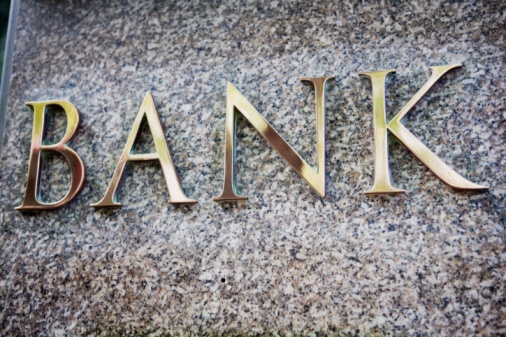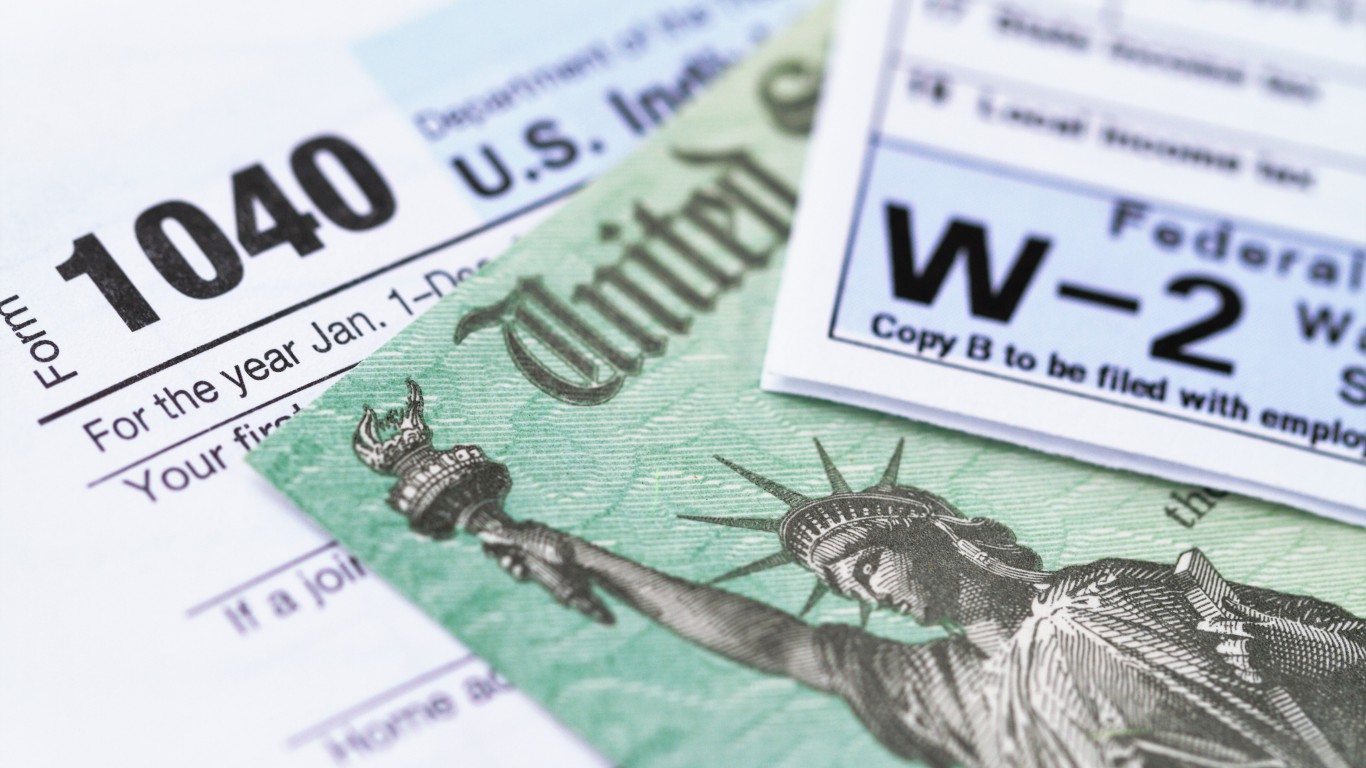
CEO Jamie Dimon now seems to be saying that the bank has to adapt to a new way of doing business, and while it’s not easy, Morgan will do.
In terms of the bank’s business, low interest rates and lack of volatility have weighed on revenues. New capital requirements have pinched profits and the Fed has already proposed requiring systemically important banks to hold on to even more capital.
To cut down legal expenses, the bank is embarking on a class culture and conduct program aimed at putting 2.5% back into the bank’s return on equity. That is J.P. Morgan’s ultimate target: taking the current return on equity of 10.1% up to approximately 13%.
The bank also plans to close about 300 branches by the end of 2016. Some positions in other parts of the retail banking operation may also be eliminated.
Dimon said that the bank would not break into pieces because it wants to keep its “pre-eminent position,” and CFO Marianne Lake added that she estimates the bank realizes about $18 billion annually in synergies on cross-platform businesses and savings from having just one bank.
J.P. Morgan can probably fight off calls to break itself up. The much harder part will be living in a new world.
Investors like what they heard Tuesday, pushing the share price up about 2.5% to close at $60.82, in a 52-week range of $52.97 to $63.49.
ALSO READ: U.S. Household Debt Nears $12 Trillion
Thank you for reading! Have some feedback for us?
Contact the 24/7 Wall St. editorial team.


